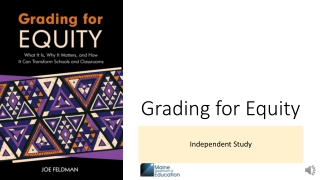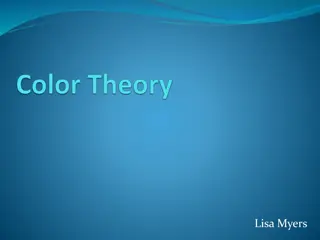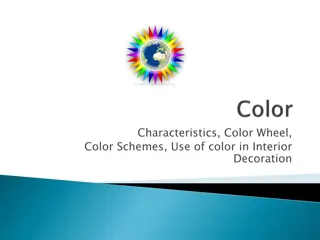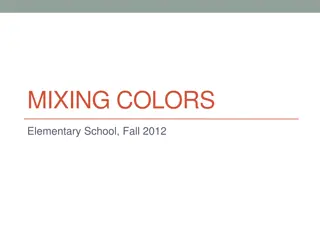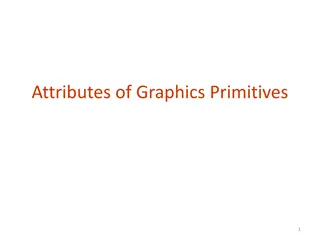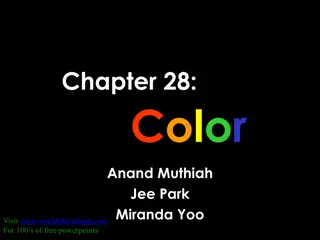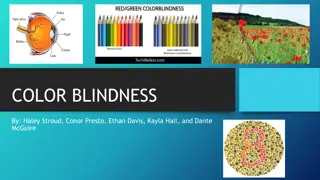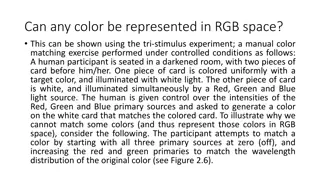AI-Assisted Color Grading Yay or Nay
// /ai-assisted-color-grading-yay-or-nay/nIs AI-assisted color grading a game-changer or a compromise? Explore its benefits and limitations to decide if itu2019s the right choice for your projects!n
Uploaded on Feb 24, 2025 | 2 Views
Download Presentation

Please find below an Image/Link to download the presentation.
The content on the website is provided AS IS for your information and personal use only. It may not be sold, licensed, or shared on other websites without obtaining consent from the author.If you encounter any issues during the download, it is possible that the publisher has removed the file from their server.
You are allowed to download the files provided on this website for personal or commercial use, subject to the condition that they are used lawfully. All files are the property of their respective owners.
The content on the website is provided AS IS for your information and personal use only. It may not be sold, licensed, or shared on other websites without obtaining consent from the author.
E N D
Presentation Transcript
AI-Assisted Color Grading: Yay or Nay? As artificial intelligence (AI) continues to transform the post-production industry, there s an ongoing conversation about the role of AI-assisted tools in color grading. Are these tools truly groundbreaking, or are they just another passing trend? This article explores how AI tools are reshaping color grading and whether they are worth adopting for video editing professionals like you. By the end, you will know whether you should adopt AI for color grading or if it s one trend best left behind. The Rise of AI in Color Grading AI technology is no stranger to the film and video industry. From automated editing tools to advanced visual effects, AI has carved a niche for itself. And now, the latest frontier for AI is color grading. What is AI-Assisted Color Grading? AI-assisted color grading refers to the use of artificial intelligence (AI) and machine learning (ML) algorithms to enhance or automate some of the manual processes of color correction and color grading in post-production. How Effective is AI in Color Grading? As a filmmaker, video editor, or videographer, your time is valuable, and every minute you spend on repetitive tasks is a minute you are not focused on the creative side of your video project. And this is where AI-assisted color grading tools can help you. Unlike traditional manual grading, which relies heavily on the editor s expertise, AI tools can: Identify scenes and adjust colors for consistency. Suggest creative color looks. Make adjustments based on factors like lighting, shadows, and skin tones. Speed up repetitive tasks like matching shots across a sequence, fine-tuning skin tones, or correcting lighting issues. The Benefits of AI-Assisted Color Grading One of the biggest draws of AI in color grading is speed. Tasks that used to take hours can now be completed in minutes, making it ideal for projects with tight deadlines or large volumes of footage. Plus, since AI tools can process color grading in real-time, it is much easier to experiment with different looks and see results quickly without getting bogged down in lengthy render times.
AI-Assisted Color Grading: Yay or Nay? As artificial intelligence (AI) continues to transform the post-production industry, there s an ongoing conversation about the role of AI-assisted tools in color grading. Are these tools truly groundbreaking, or are they just another passing trend? This article explores how AI tools are reshaping color grading and whether they are worth adopting for video editing professionals like you. By the end, you will know whether you should adopt AI for color grading or if it s one trend best left behind. The Rise of AI in Color Grading AI technology is no stranger to the film and video industry. From automated editing tools to advanced visual effects, AI has carved a niche for itself. And now, the latest frontier for AI is color grading. What is AI-Assisted Color Grading? AI-assisted color grading refers to the use of artificial intelligence (AI) and machine learning (ML) algorithms to enhance or automate some of the manual processes of color correction and color grading in post-production. How Effective is AI in Color Grading? As a filmmaker, video editor, or videographer, your time is valuable, and every minute you spend on repetitive tasks is a minute you are not focused on the creative side of your video project. And this is where AI-assisted color grading tools can help you. Unlike traditional manual grading, which relies heavily on the editor s expertise, AI tools can: Identify scenes and adjust colors for consistency. Suggest creative color looks. Make adjustments based on factors like lighting, shadows, and skin tones. Speed up repetitive tasks like matching shots across a sequence, fine-tuning skin tones, or correcting lighting issues. The Benefits of AI-Assisted Color Grading One of the biggest draws of AI in color grading is speed. Tasks that used to take hours can now be completed in minutes, making it ideal for projects with tight deadlines or large volumes of footage. Plus, since AI tools can process color grading in real-time, it is much easier to experiment with different looks and see results quickly without getting bogged down in lengthy render times.
CONTACT US Address - 4010 Stasney street, College station, TX, 77840 E-mail - video@motionedits.com Website - www.motionedits.com


